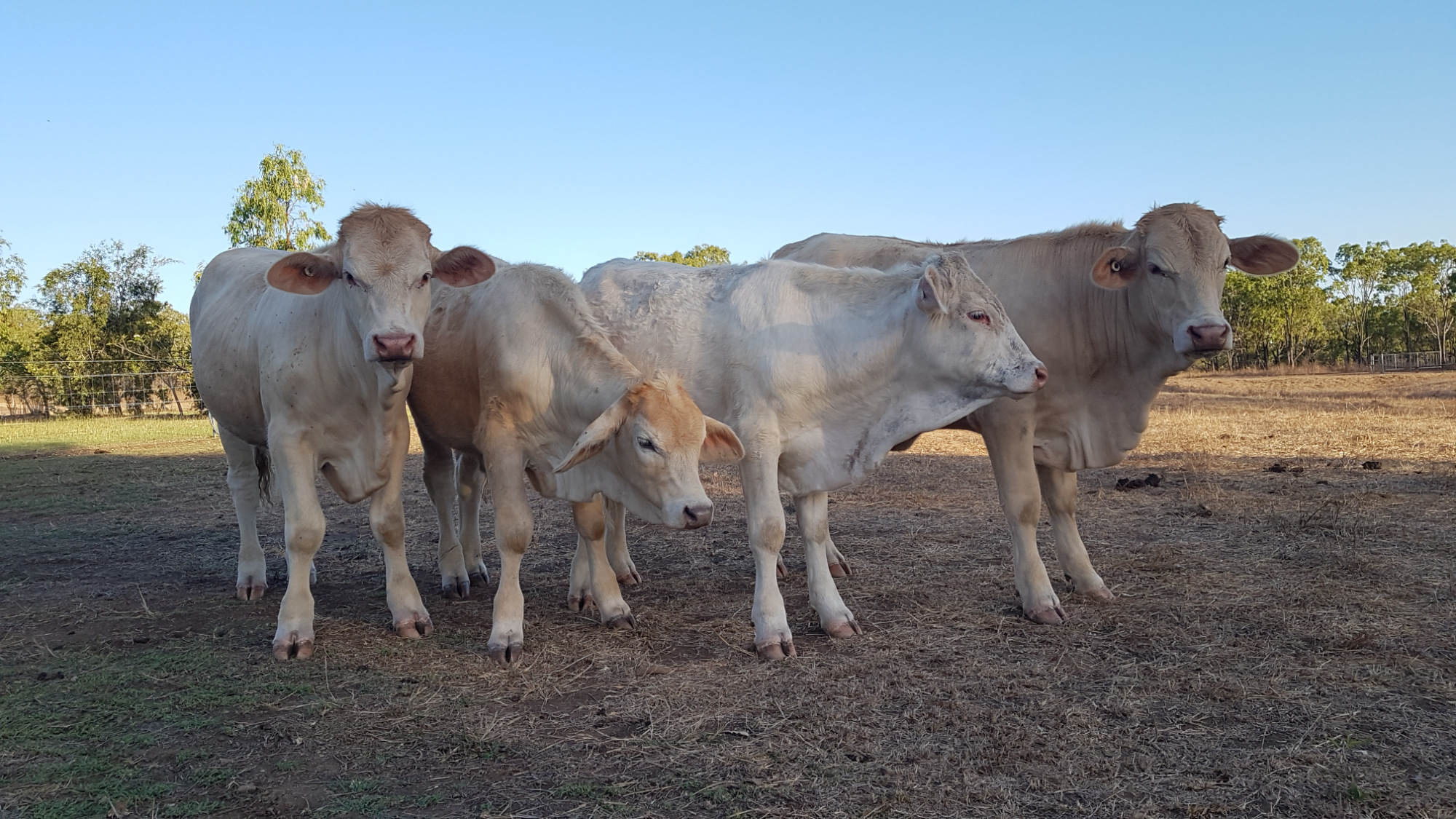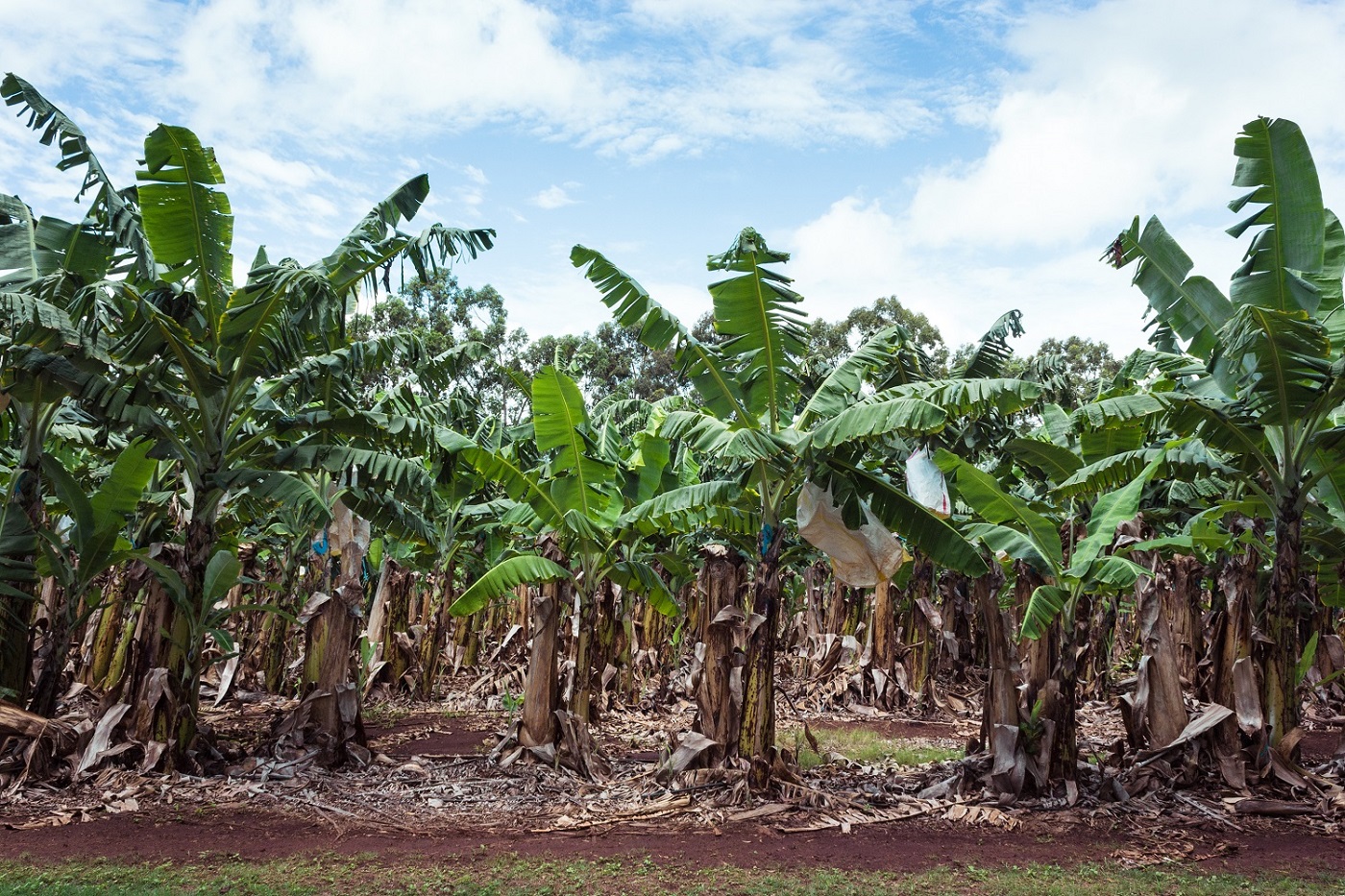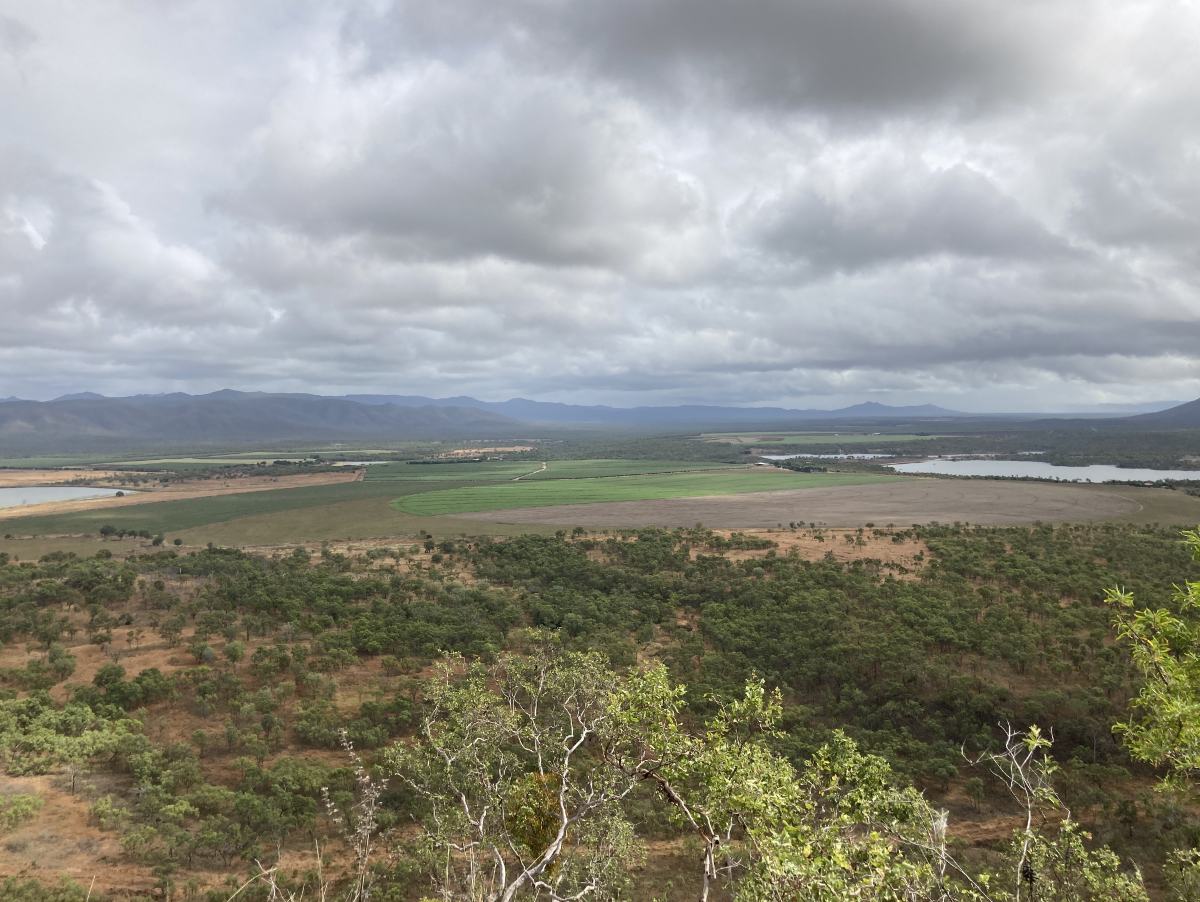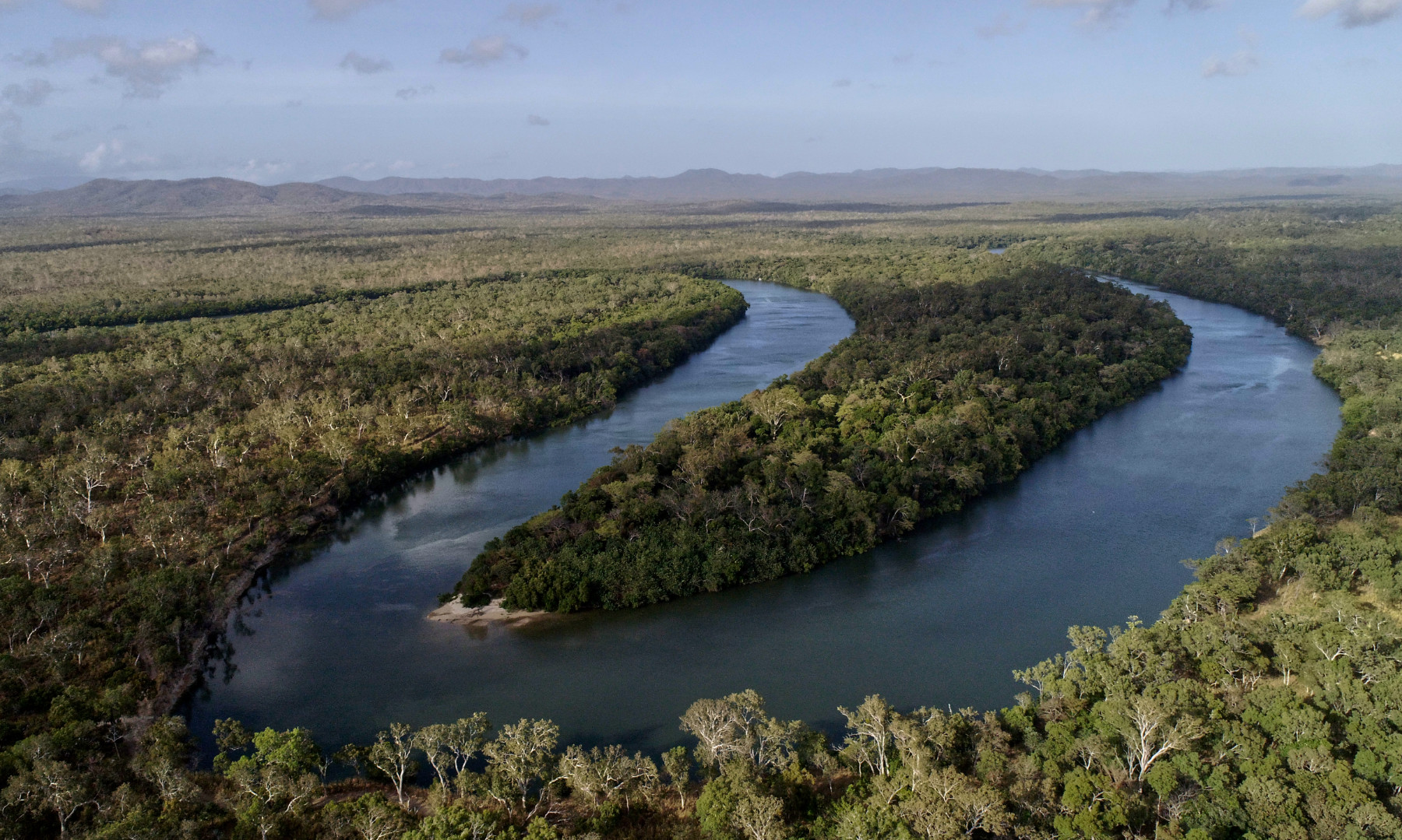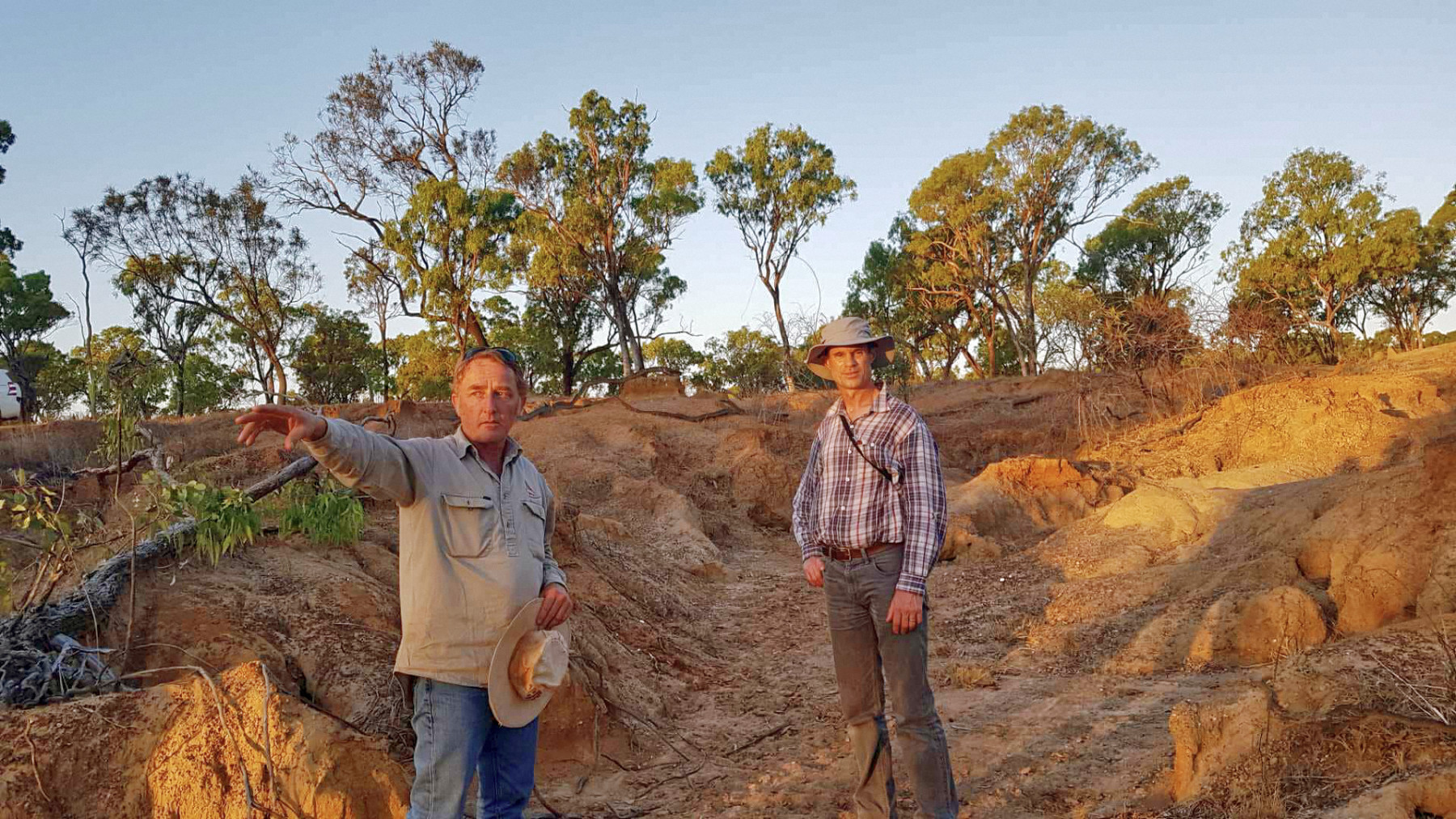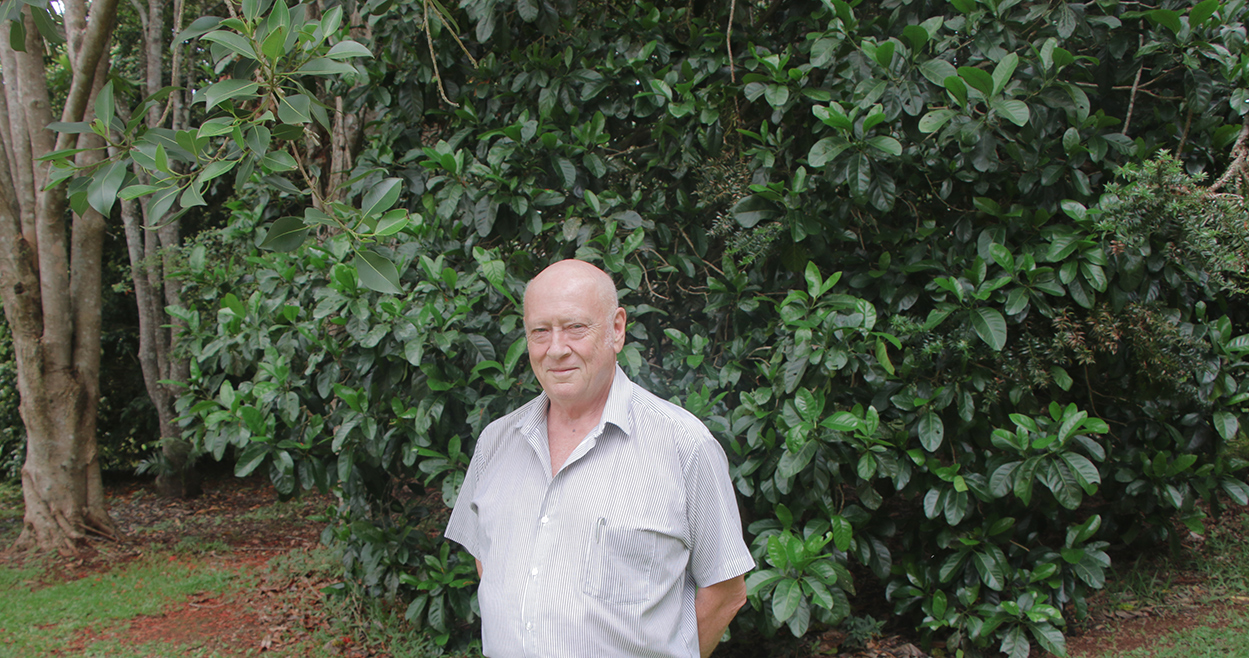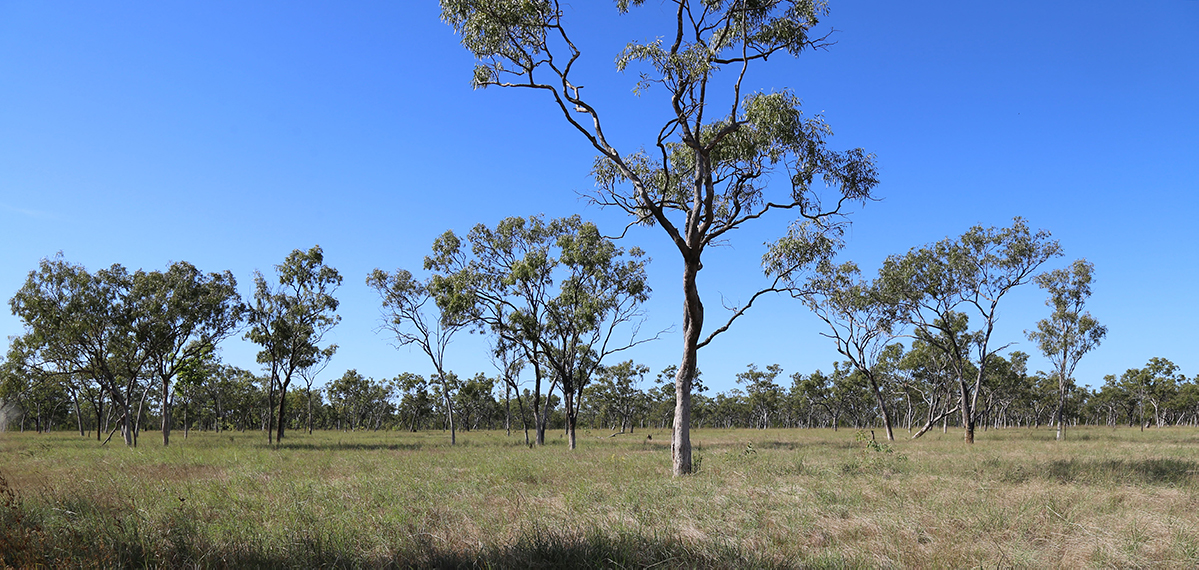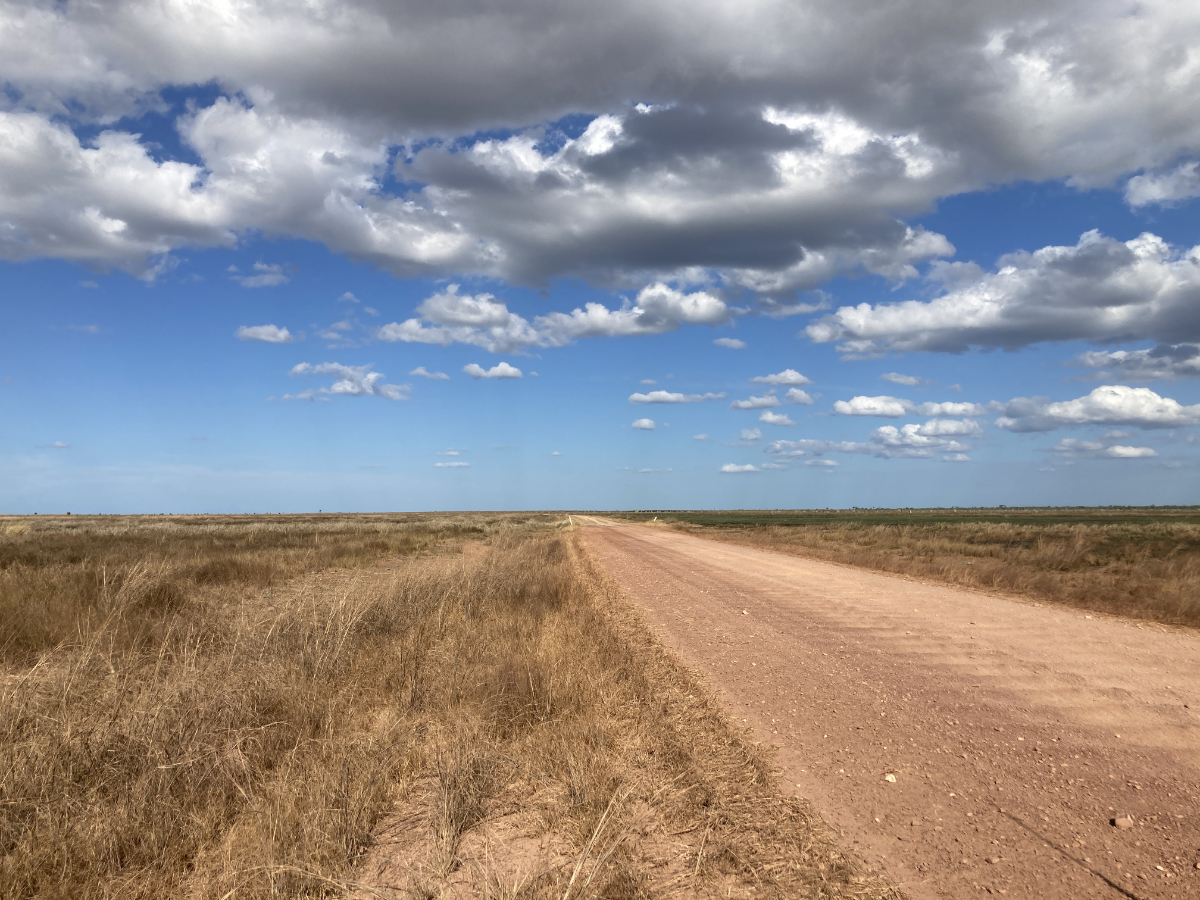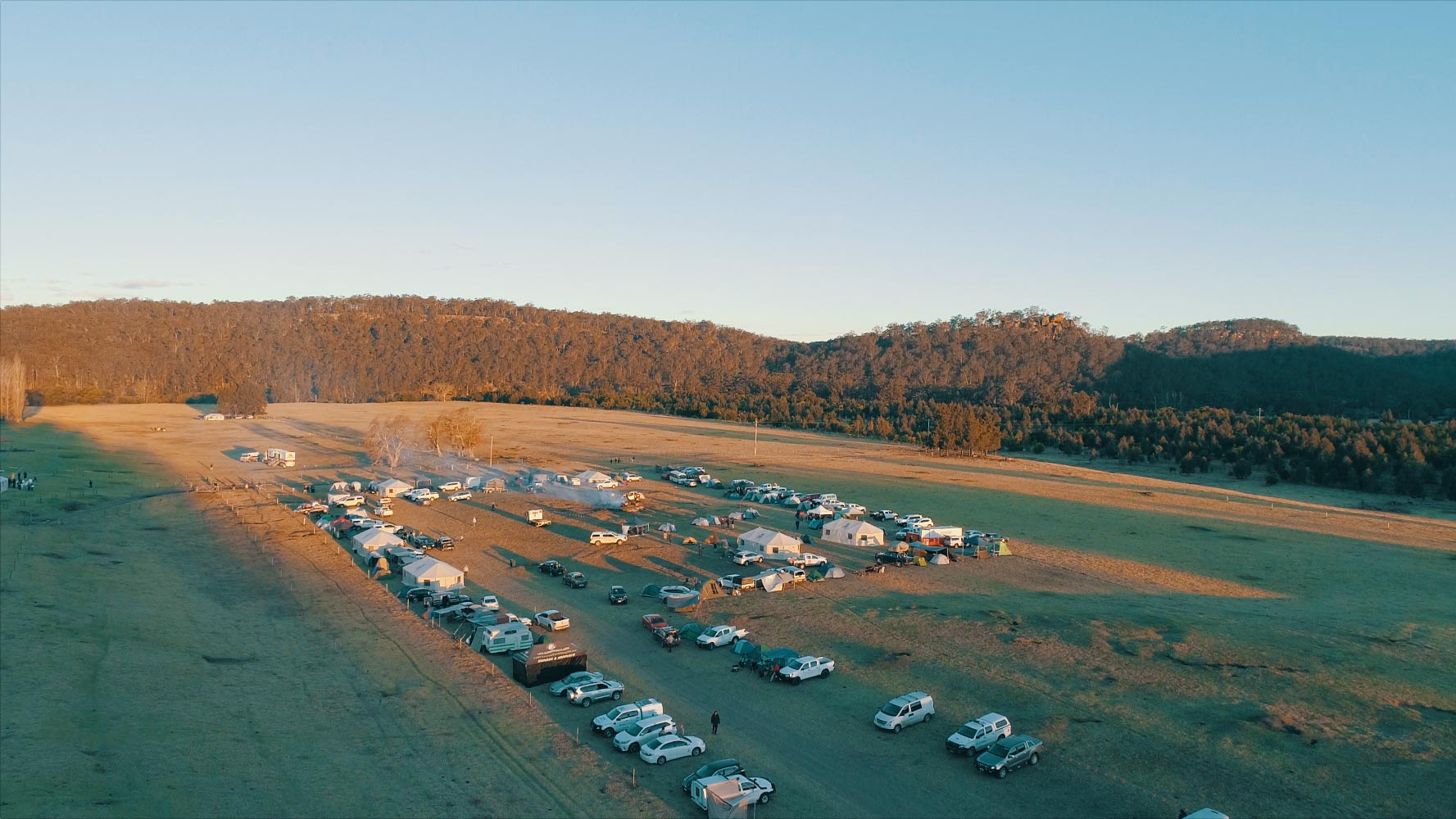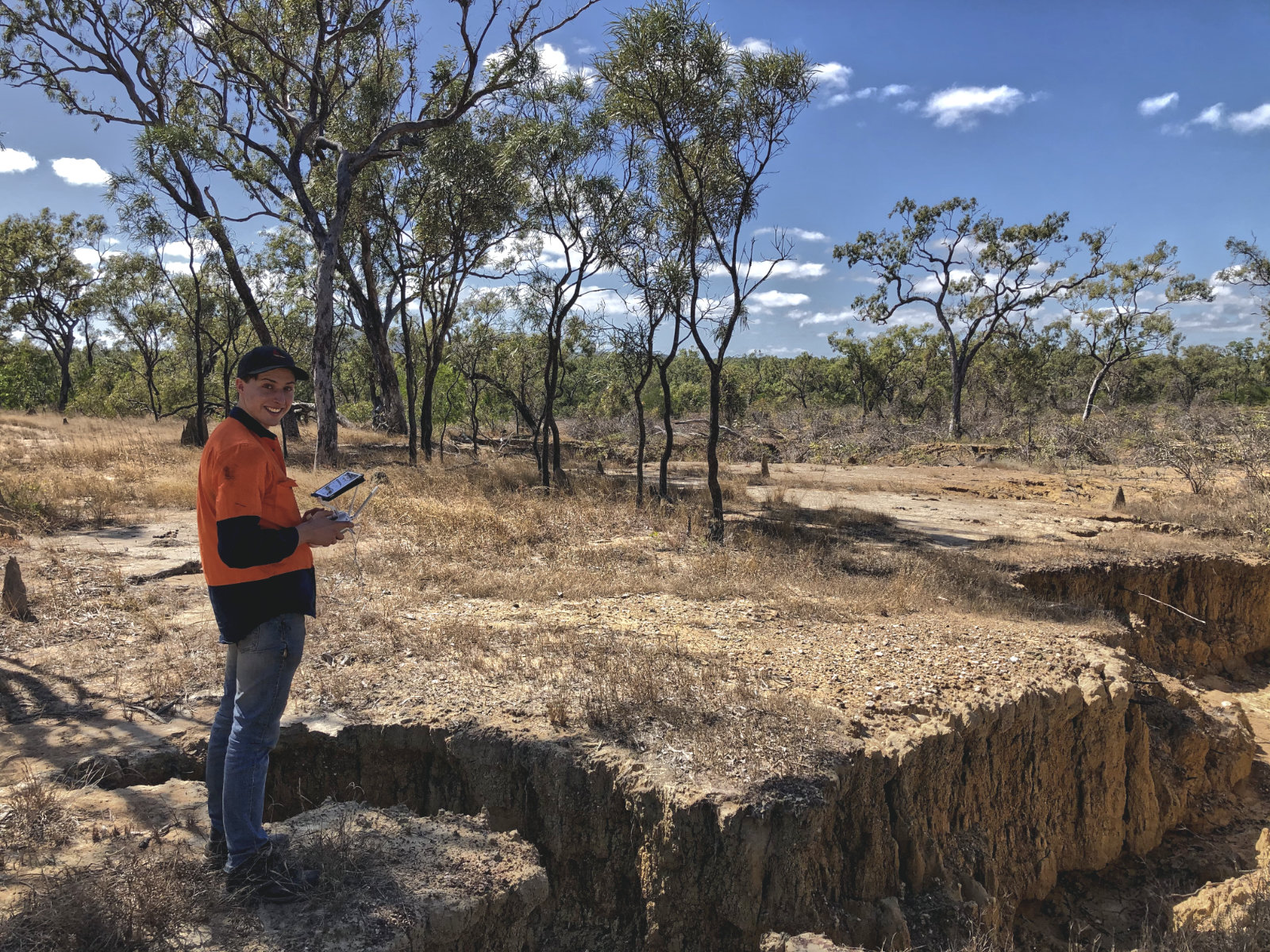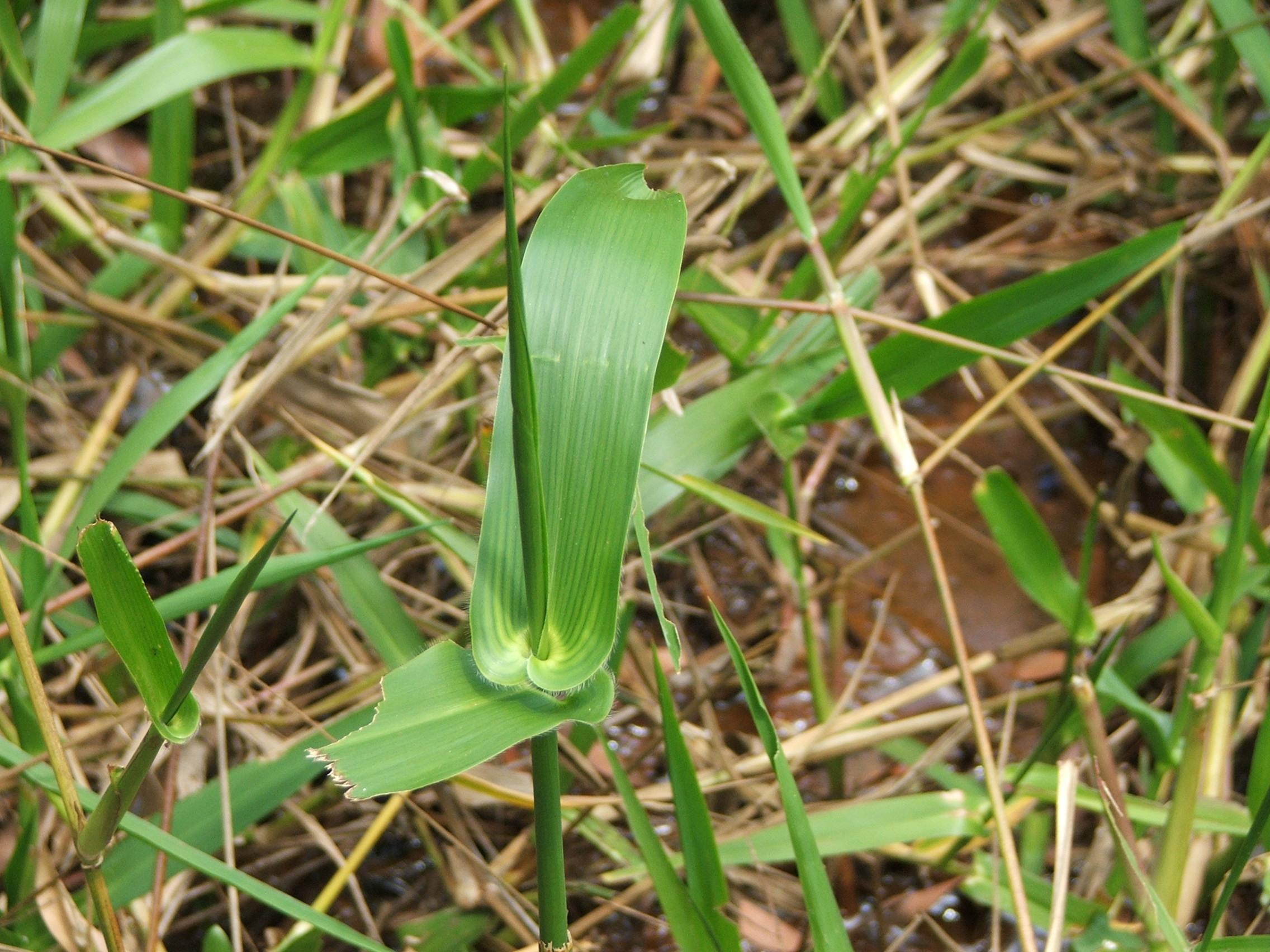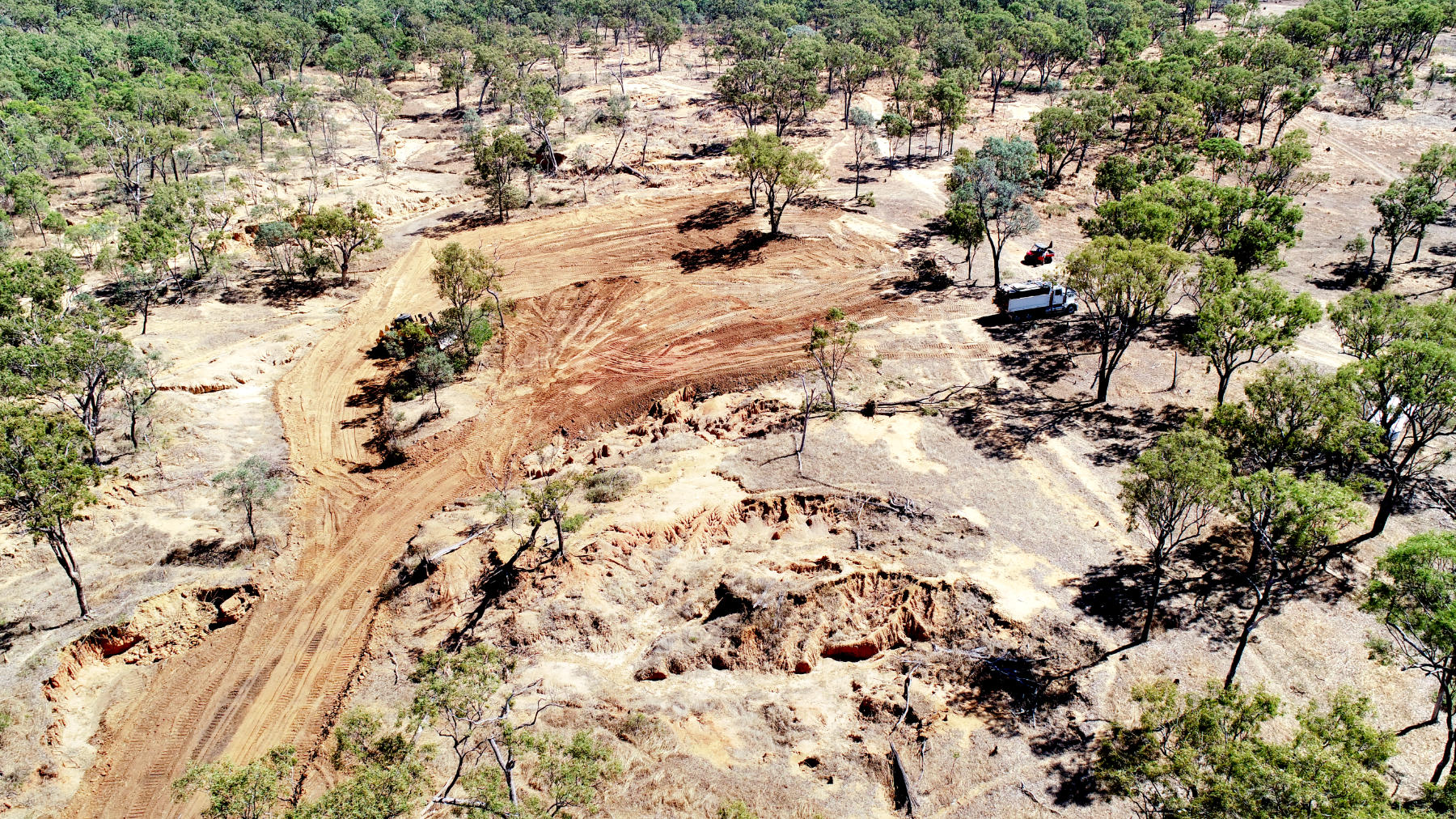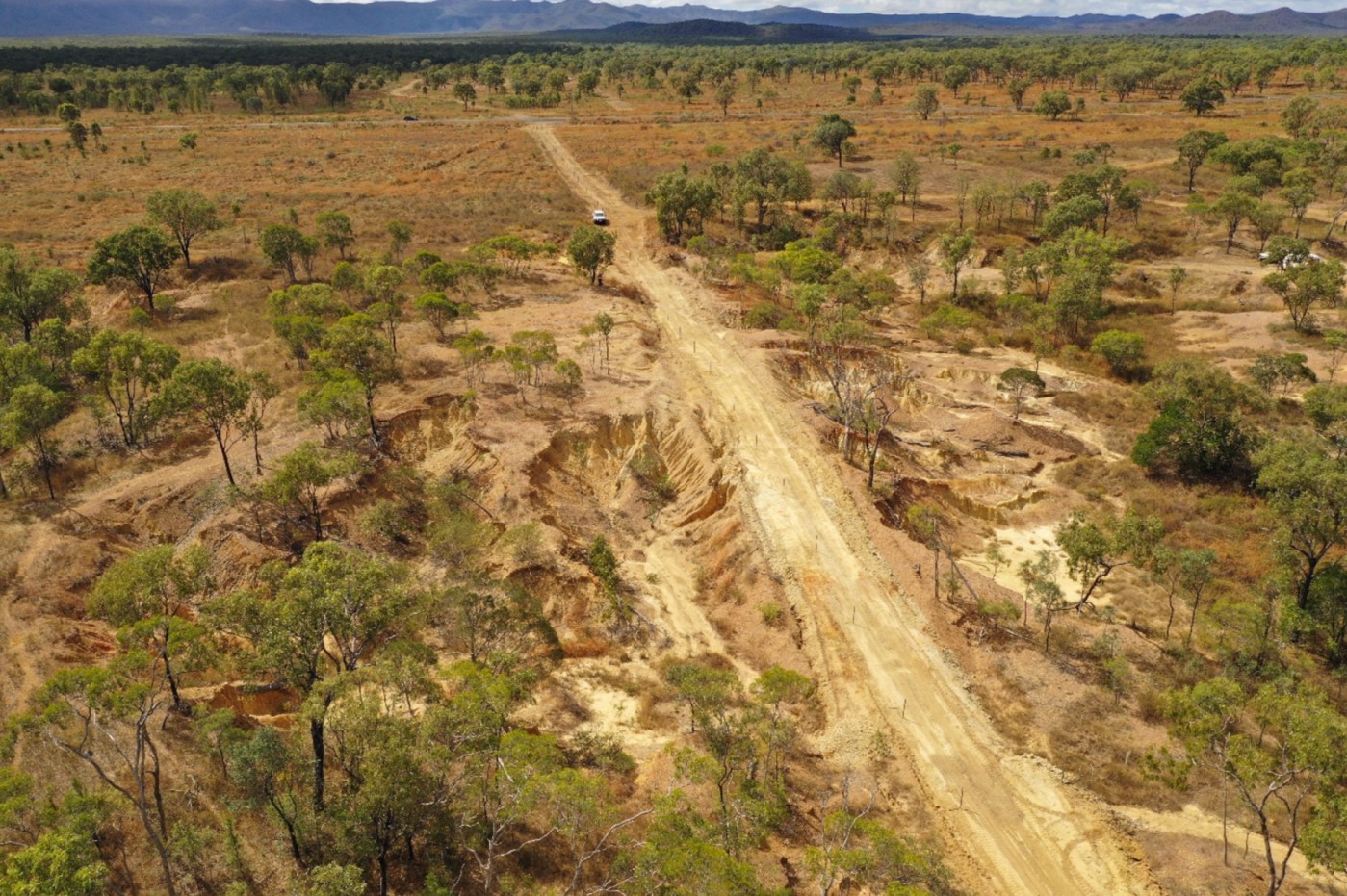Adaptation Pathway
Regional monitoring that utilises local data in respectful ways and the development of region-wide indicators. These enable landholders and support organisations to learn skills and monitor data to measure long-term land-use change outcomes, which inform the implementation of future practices. Opportunities for custodianship and data sharing agreements are key to accessing this pathway.
How was it identified
Over 20 years, there have been calls from the community for better systems and standardisation of monitoring and evaluation. Some large systems have been established, such as the ERIN database of the CYPLUS and the recent Pest Central standard and database for the Queensland Government.
Cape York NRM developed this pathway through its work on implementing tools and setting up systems to track social and environmental outcomes. Some of these include Cybertracker, Fulcrum, environmental accounting, the North Australia Fire Information Service and internal lessons database.



